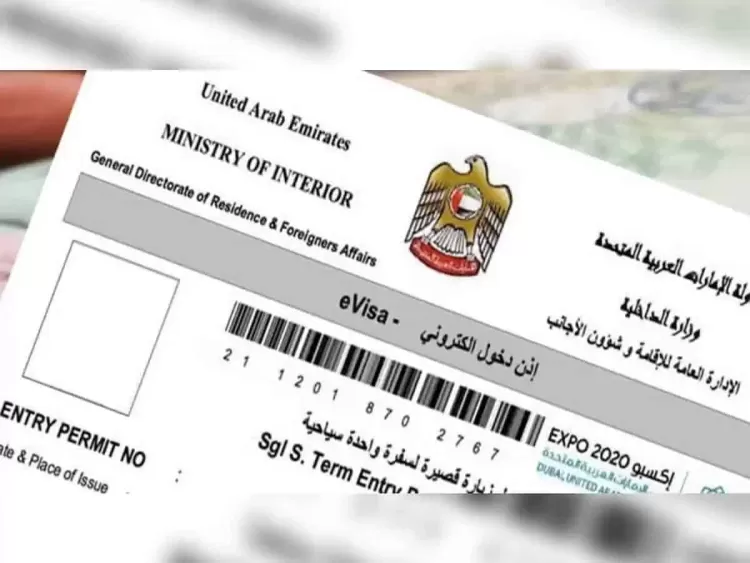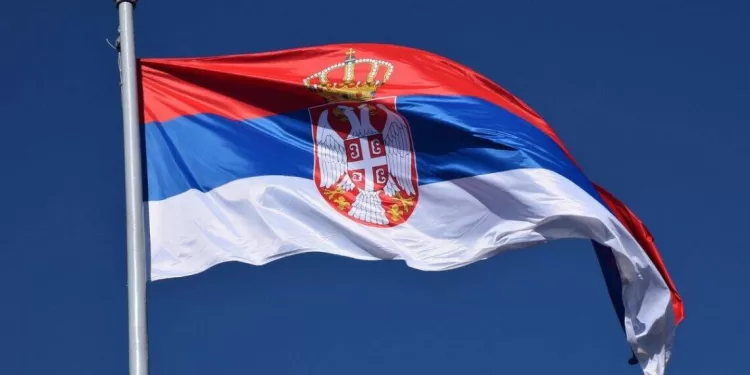Opinion: Is There A Saudi Cameo In The Israel-Hamas Deal?

Join our WhatsApp Community to receive travel deals, free stays, and special offers!
- Join Now -
Join our WhatsApp Community to receive travel deals, free stays, and special offers!
- Join Now -
If talks go well, the death machines will fall silent in West Asia, or at least Gaza, on Sunday. The US and Qatar have reportedly brokered a deal between Israel and Hamas to end the war.
It's been a long wait for the misery to end. The killings began on October 7, 2023, when Hamas fighters from Gaza attacked Israel on a Jewish holiday. They went about indiscriminately shooting and kidnapping unsuspecting civilians and some soldiers. The worst attack was on a music festival where hundreds of young Israelis were partying. All of it streamed live by the attackers' body-mounted cameras. By the time Israeli forces took out the last gunmen, the body count had topped 1,200. Over 250 hostages were carried across to Gaza to be stashed away in a subterranean maze where they remained undiscovered even after the whole house was burnt down.
Perhaps the most dramatic and horrific cross-border assault on any country since the Mumbai terror attacks of 2008, it triggered such a display of overwhelming force that it left the world aghast. The shockwaves have left the regional map perceptibly different. It has riven apart communities and split institutions. The scars run so deep that they will not heal in a very long time. It has also laid bare the remarkable pragmatism bordering on chutzpah of the Arab nations.
Reduced To Rubble
According to multiple reports, nearly 46,000 Gazans, a substantial number of them women and children, have perished in the 15-month war. Most of Gaza has been flattened and rendered uninhabitable. Israel is estimated to have demolished over 1,61,600 homes and damaged 1,94,000 other civil structures. More than 1.9 million of the 2.2 million Gazans have become refugees, most of them corralled into a tiny corner in the north of the Strip. More than 1,000 medical facilities have been destroyed; Rafah does not have a single hospital. The economic loss is estimated at $37 billion.
Hamas was decapitated when its political leader Ismail Haniyeh was assassinated in Tehran, where he had gone to attend the inauguration ceremony for Iranian President Masoud Pezeshkian. Its director of war, Yahya Sinwar, was killed in Gaza last year, just after the first anniversary of the Hamas attack. A video of a dying Sinwar defiantly throwing a piece of wood at an Israeli military drone indicated that Hamas would not back down despite the carnage. By the end of 2024, Israel had spent over $67 billion on war. It had cost the United States nearly $23 billion until September 2024. Yet, about a hundred Israelis remain hostages somewhere in the ruins, or, more likely, under the ground.
The Deal
So, what is the new acceptable middle ground in the new deal that the failed talks since the first successful one in November of 2023 could not find? After all, the original objective of the war—freeing hostages—was not achieved. Not only that, Israel will release over 1,000 Palestinians, including those arrested after October 7 and presumably Hamas fighters, in a prisoner exchange. That means while thousands of innocent Gazans, including women and children, paid for the Hamas attack with their lives, its fighters may yet return, alive, prison-hardened, and ready to fight another day.
On December 20, 2024, American journalist Seymour Hersh—famous for blowing the lid off a cover-up of a massacre of the villagers of My Lai in Vietnam by US troops in the 1960s—wrote that an Israel-Hamas ceasefire deal was in the works. The contours of the just-announced deal are nearly identical to that in his report. One crucial piece of information, which was not in the deal made public but available in Hersh's Israeli source-based account, was the role of Saudi Arabia and the quid pro quos. Hersh wrote that as per the deal—reportedly made possible after incoming US President Donald Trump shook his fist at the belligerent Israel Prime Minister Benjamin Netanyahu—the US would extend its nuclear umbrella to Saudi Arabia if Iran gets hold of a nuke. In return, Saudi will fund the reconstruction of Gaza, look away when Israeli warplanes raid Syria, and allow its once-arch rival access to an airfield inside its territory.
When Iran hit Israel with a barrage of missiles after it assassinated Hezbollah leader Nasrallah and killed scores of others in a “pager attack”, Tel Aviv had to precisely plan its retaliation because of the distance its fighter planes would have had to cover to reach targets deep inside enemy territory. Those targets would be minutes away if the planes were to launch from Saudi Arabia, however. So, the Israeli hostages, who have now spent over 460 days in captivity, paid the price for Tel Aviv to have a closer shot at Iran.
The Aftermath
Almost all conflicts in West Asia in the past over 50 years somehow link back to the Palestine issue and a still-pending two-state solution. Palestine-trained activists and revolutionaries helped overthrow the Shah in Iran in 1979. That regime has since helped create multiple armed groups in the region, including Hezbollah, Hamas and Houthis.
While the Saudi aspect—if it exists—of the ceasefire deal may eventually be revealed, it is clear that the US and major powers in the Gulf have decided to militarily ring-fence Iran. While the regime change in Syria with tacit support from Turkey has broken the Iran-Russia supply-and-support link, Israel has crushed Hamas in Palestine and Hezbollah in Lebanon. Israel, the US and the UK have jointly carried out air raids on the Yemen-based Houthis, another Iran-backed group, whose attacks on ships passing through the Red Sea have disrupted global trade. What would be next? A regime change in Iran? Perhaps that will be property tycoon-turned-diplomat Steve Witkoff's next assignment.
(Dinesh Narayanan is a Delhi-based journalist and author of 'The RSS And The Making Of The Deep Nation'.)
Disclaimer: These are the personal opinions of the author
What's Your Reaction?
 Like
0
Like
0
 Dislike
0
Dislike
0
 Love
0
Love
0
 Funny
0
Funny
0
 Angry
0
Angry
0
 Sad
0
Sad
0
 Wow
0
Wow
0



















































